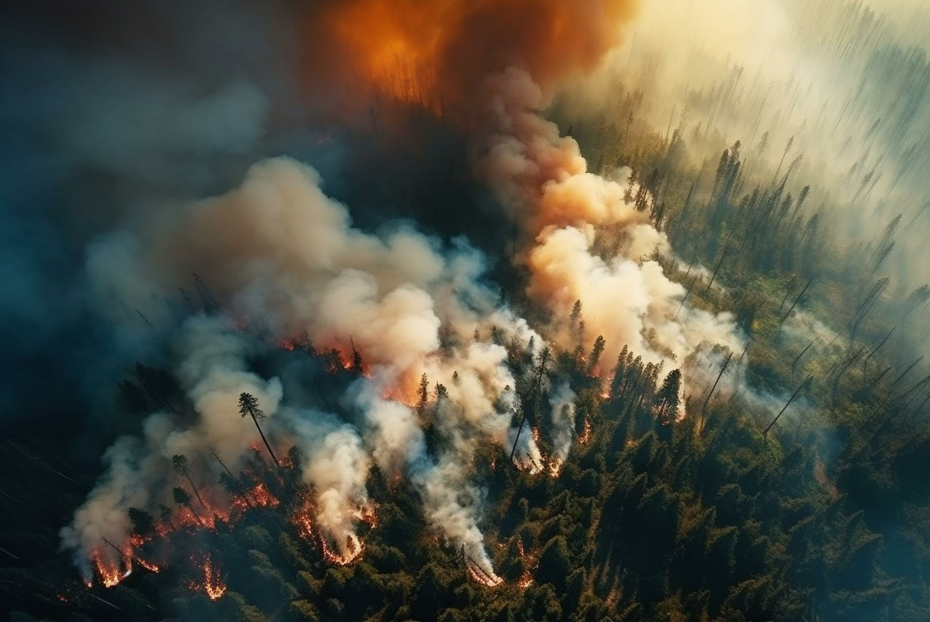2023 has seen some of the most devastating wildfires on record. From the Canadian wildfires that impacted the eastern seaboard of the United States in June to Maui’s heartbreaking wildfires in early August, the 2023 wildfire season has been indescribably tough on homeowners, businesses, and the tourism industry all across the Northern Hemisphere.
It is impossible to convey the catastrophic consequences wildfires have on human life. Intensifying each year as climate change escalates, wildfires tear apart families, homes, and livelihoods in a way that can only be understood through experience. However, we can make sure that we are keeping up with the latest data. In that spirit, here are the top 10 most important facts to know about the 2023 North American wildfire season:
- The wildfire in Maui that scorched the town of Lahaina was responsible for 101 deaths, rendering it the deadliest wildfire on American soil since 1918.
- Unlike the Western United States, ecosystems in Hawaii evolved in the absence of wildfires. This means the natural environment there cannot protect itself against factors like post-wildfire soil runoff, which can spell disaster for coral reefs.
- California’s wildfire season was less destructive this season, largely because it was dampened by other natural disasters like flooding and excessive rain.
- Louisiana experienced its worst wildfire on record: the Tiger Island Fire. While it was just one of over 550 Louisianan wildfires in August alone, the Tiger Island Fire was responsible for burning over 31,000 acres.
- Canada’s total wildfire emissions added up to about 410 megatonnes of carbon, significantly higher than the previous record of 138 megatonnes set in 2014. These emissions accounted for 27% of total global emissions.
- Canadian wildfires burned over 42 million acres of land, more than double the previous record.
- Nearly 200,000 people were evacuated in Canada due to the imminent danger of wildfires.
- The beginning and end of the wildfire season, which typically runs from spring to fall, has become unpredictable. Warmer, drier conditions favor longer wildfire seasons.
- Global warming was a direct cause of the above statistics. Rising temperatures and more persistent droughts are precursors to wildfires.
- Given the unique needs of each affected community, especially in Hawaii, it has become increasingly critical to engage local organizations in determining how best to provide disaster relief. This fact is championed by groups like the Center for Disaster Philanthropy (CDP). Not only must we consider how to rebuild homes and help prevent future disasters, but we must also support the mental health of those whose lives have been torn apart. After all, the ramifications of wildfires are wide-ranging and difficult to grasp, much like the natural disasters themselves.
 Food
Food Farmers
Farmers Sustainable Living
Sustainable Living Living Planet
Living Planet News
News